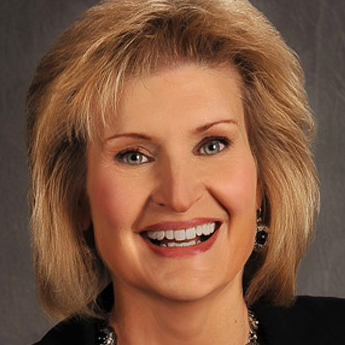How to Communicate With Presence
Communication, Expert Interview, Leadership, Project Management, Uncategorized
Communication, Expert Interview, Leadership, Project Management, Uncategorized
 In Dianna Booher's view, you can't separate leadership and communication. Indeed, she believes that learning to communicate "is the essence of leadership and the reflection of your thinking."
In Dianna Booher's view, you can't separate leadership and communication. Indeed, she believes that learning to communicate "is the essence of leadership and the reflection of your thinking."
So, if you're a poor communicator, you’ll always be a poor leader, regardless of the merit of your ideas. Put like that, this soft skill packs a punch, and it’s worth spending time developing it.
Booher's new book, "Communicate Like a Leader," is a handy manual full of practical tips for "connecting strategically to inspire, coach, and get things done," in the words of the book’s subtitle.
In bite-size chunks we get guidance on people management, including hiring and firing; conversations, including networking; negotiating; writing, including email and social media; and executive presence, Booher's area of special expertise.
We delve into this last topic in detail in our Expert Interview podcast. "Executive presence can boil down to four key areas," Booher tells me. "It's how you look, how you talk, how you think, and how you act."
The last of these, how you act, is determined by "character and integrity, your track record, reputation and competence," and because of that, it's more difficult to learn. But the good news is, it's not so hard for leaders to improve in the first three areas – how you look, talk and think – and this can pay big dividends.
"These have a great deal to do with how credible you are," Booher says. "You have an enormous advantage when you stand up to make a presentation, when you look the part, when your voice sounds the part."
This makes perfect sense, but sometimes nerves get in the way. For her previous book, "Creating Personal Presence," Booher surveyed professionals at all levels to find out what skill they felt was their weakest. Thinking under pressure came out top.
Booher's survey respondents realized the importance of making a good impression, particularly in front of an audience, and also how challenging it can be.
In this new book, Booher provides some practical advice that can help in most situations where you need to think under pressure, whether you’re making off-the-cuff remarks to a group of colleagues or answering questions from an audience.
For those moments when you have to improvise a speech, Booher suggests following her LEAD format. That's an acronym for Lead, as in the lead of a newspaper article, a summary of the event or situation; Elaborate; Anecdote; and Digest, as in a concise conclusion.
Then there are the times when you’re called upon to answer questions – for example, if you're appearing in a panel at a conference. You may not be able to prepare for specific questions, Booher says, but you can prepare in other ways.
This process will help you arrive at a more considered answer, while maintaining a credible presence.
The final section of Booher’s book concerns meetings, where strategic communication can make all the difference. In this audio clip, from our Expert Interview, she shares some of her tips for success in meetings, including phrasing the agenda items as questions and assigning time limits to each of them.
Listen to the full 30-minute interview in the Mind Tools Club. ¦ Install Flash Player.
What are your strengths and weaknesses in business communication? Join the discussion below!

"It started with an ice-breaker. I found myself face-to-face with the head of the whole company. And as I started answering the question, I began to cry, right in front of him. " Melanie Bell
Book Insight, Communication, Mental Health, Stress, Wellbeing
"For some people, anxiety is a constant companion, even in situations where there’s no obvious reason for it. And it often goes hand in hand with a desire to achieve."
It's the age-old question senior members of the team always ask themselves... "What makes a good leader?" and "Am I one?" Speaking from personal experience, it's a tricky question to answer. I've had great leaders. Ones that have inspired me, guided me, and from whom I've learned a great deal. They're the ones that listened […]
Nice read, I just passed this onto a friend who was doing some research on that. And he just bought me lunch since I found it for him.
Great! We're glad to hear you enjoyed it.
Yolande,
MT Team